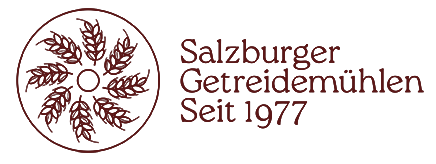Buckwheat gets its name from its triangular shape and brown color, reminiscent of beechnuts. Buckwheat is a plant very resistant to diseases. Buckwheat protein is very rich in certain protein building blocks (lysine, arginine, tryptophan), which are essential for life, also buckwheat provides a large amount of lecithin. Good for the brain and nerves are lysine and lecithin and tryptophan lets you sleep peacefully. Also for veins buckwheat, in the form of tea, can have a strengthening effect and help against, for example, varicose veins.
Since buckwheat is not a “conventional” grain, but a knotweed, it is also free of gluten and therefore gluten-free. This is the reason why buckwheat is not so suitable for baking. For this you can cook it, and the buckwheat seedling can also be used in many ways. In fact, buckwheat sprout can be eaten not only in cooked dishes but also raw and goes well in salads or mueslis.
Source:
Münzing-Ruef, I. (1999): Kursbuch gesunde Ernährung. The kitchen as a pharmacy of nature. Munich: Zabert Sandmann GmbH, p. 222
https://www.zentrum-der-gesundheit.de/buchweizen.html (07/18/17)
Address:
Gasteigweg 25,
5400 Hallein
Austria
Opening hours:
Monday to Thursday: 09 – 16:00
Friday: 09 – 12:00
Contact:
Phone: +43 6245 83282
E-mail: [email protected]
Address:
Gasteigweg 25,
5400 Hallein
Austria
Opening hours:
Monday to Thursday: 09 – 16:00
Friday: 09 – 12:00
Contact:
Phone: +43 6245 83282
E-mail: [email protected]

